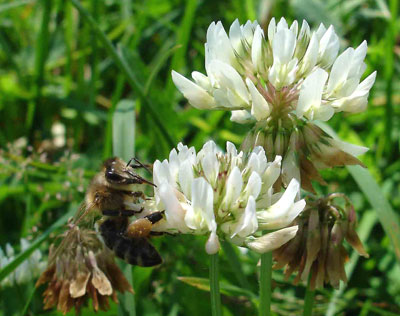
Why are some plant species so successful at invading new territories? Can we use a species’ native range to predict its invasive range?
Invasive plants have attracted a lot of attention because of their strong and often undesirable economic and ecological impacts. A new study coauthored by University of Hawaiʻi at Mānoa Professor of Botany Curt Daehler examined dozens of serious invasive plants that have been exchanged between Europe and North America. The study, published in Science in March, found that in most cases, a simple climatic match between the native and introduced range is an outstanding predictor of where an invader will spread.
There are amazing cases of invaders that expand seemingly without bounds or in unexpected ways. This new study acknowledges that such cases do exist, but they only represent approximately 15 percent of invasive plants. The vast majority of serious invasive plants simply invade areas that are a climatic match with their native ranges.
This study represents the strongest empirical evidence to date that climate is the most important factor determining the geographic distribution of invasive plants. This has two important implications for management. First, simple models that rely on the climatic matching can effectively predict invasion risks, and climate change will lead to new areas at risk. Second, the study shows for the first time, using an extensive dataset, that contemporary plant species are generally restricted by climate.
If successful invaders generally cannot colonize outside their historic climate ranges, it is likely that most plant species, including rare endemic plants will not be able to tolerate climate change. This leads to their declines within their current geographic ranges, unless their populations can be moved to track their historic climate ranges.
Active movement of rare plants has been proposed to help ensure their survival in the face of climate change, but such translocations can be difficult, especially on islands where suitable climate ranges may essentially disappear due to small geographic spaces and ongoing habitat fragmentation. Because of the predominant role that climate plays in plant distributions, major effects of climate change on both rare and invasive plants can be expected.

